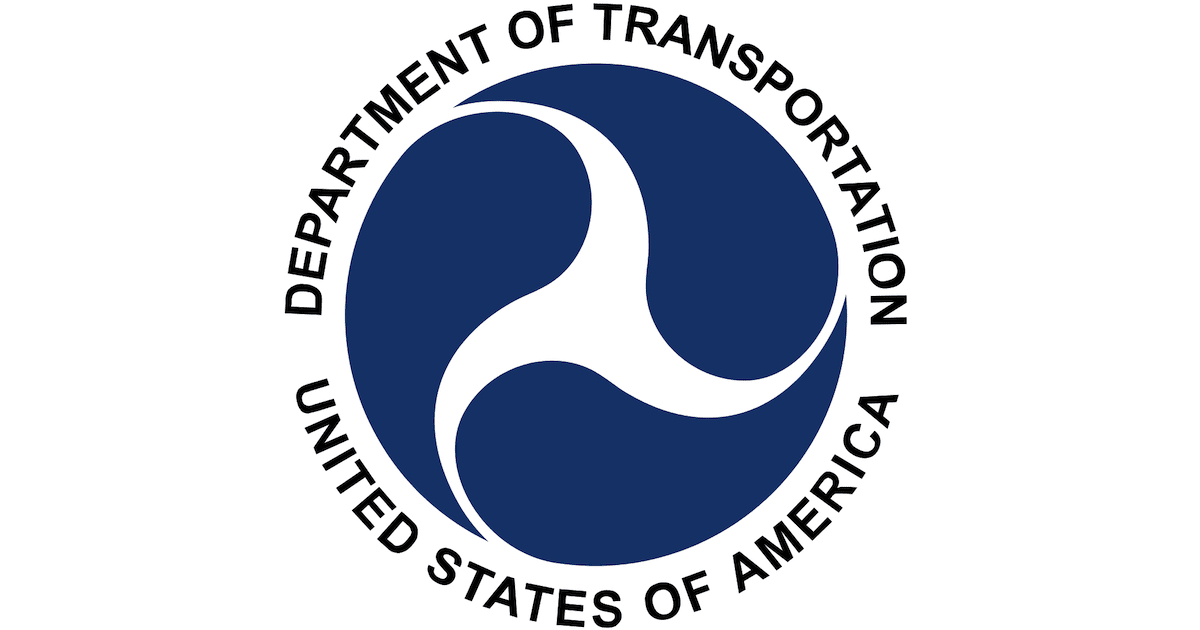 On the anniversary of the Americans with Disabilities Act, the U.S. Department of Transportation (DOT) announced a final rule that will require airlines to take short- and long-term action to make lavatories on new single-aisle aircraft more accessible for people with disabilities, including those who fly in a wheelchair.
On the anniversary of the Americans with Disabilities Act, the U.S. Department of Transportation (DOT) announced a final rule that will require airlines to take short- and long-term action to make lavatories on new single-aisle aircraft more accessible for people with disabilities, including those who fly in a wheelchair.
“The inability to safely access and use the lavatory on long flights can impact the dignity of passengers with disabilities and deter them from traveling by air, limiting their independence and freedom to travel,” DOT wrote in its rationale for the new requirements. “This final rule addresses a human rights issue and promotes freedom to travel for people with disabilities.”
In the short-term, 3-years after the effective date of the final rule, airlines must:
- Ensure newly delivered 125+ seat aircraft include lavatories with key accessibility features, including a grab bar, call buttons, and a privacy barrier (i.e., screen if person with a disability is unable to fully close the lavatory door using the on-board wheelchair). Airlines are not required to retrofit existing single-aisle aircraft unless the airplane’s lavatory is replaced;
- Store an accessible on-board wheelchair (OBW) in the cabin of all 125+ seat aircraft that includes sufficient arm and back support, leg restraints, and that aligns with the aircraft seat for safe seat transfer; and
- Require flight attendants to complete annual hands-on and other training on OBW storage, passenger transfer to the OBW, and passenger transport to the lavatory.
In the long-term, all single-aisle aircraft with 125+ seats that are ordered within 10 years and delivered within 12 years of the final rule effective date are required to include at least one fully accessible lavatory that is large enough to accommodate a person with a disability and an attendant (both equivalent in size to 95% percentile male).
Cure SMA, which is referenced by name in the final rule, shared the views of the SMA community as well as joined other national disability organizations in urging DOT to shorten the timeline on accessible lavatories. Our collective advocacy was successful in shaving 8 years from the original timeline that requires larger, fully accessible lavatories on newly delivered 125+ seat aircraft.
“DOT’s lavatory rule is another step in the right direction in making air travel more accessible for individuals with SMA and other disabilities,” said Maynard Friesz, Vice President of Policy and Advocacy for Cure SMA. “Cure SMA and the SMA community will continue to advocate with Congress and the Administration until the day when a person with SMA can fly in their own power wheelchair. However, today’s action is meaningful and will make a difference.”
Cure SMA is actively working to make additional improvements in aviation legislation currently under consideration in Congress. Earlier in the year, Cure SMA shared the views and recommendations of the SMA community in a national report on the air travel challenges of individuals with SMA and their families. To help advocate for more accessible air travel, go to Cure SMA’s Action Center.


